Founded in the 19th Century, Maison Hurel has offered luxury fabric collections since 1934. Hurel worked closely with the great designers of the golden interwar period and has been recognized as one of the eminent textile suppliers throughout the history of French fashion. Hurel brings together a venerable heritage and a chic, refined aesthetic that has endured throughout the ages and forged a renown based upon 150 years of achievement.
Hurel's mission is to preserve exceptional artisanal expertise and heritage in France.
 Atelier Guinet and Tissage des Roziers
Atelier Guinet and Tissage des Roziers
In 2023, Hurel acquired Tissage des Roziers, a historic mill founded in 1925, specializing in velvet and silk fabrication. In 2018, Hurel acquired the printing studio Atelier Guinet, based in Lyon, preserving henceforth the unique artisanal practices of two historical textile houses
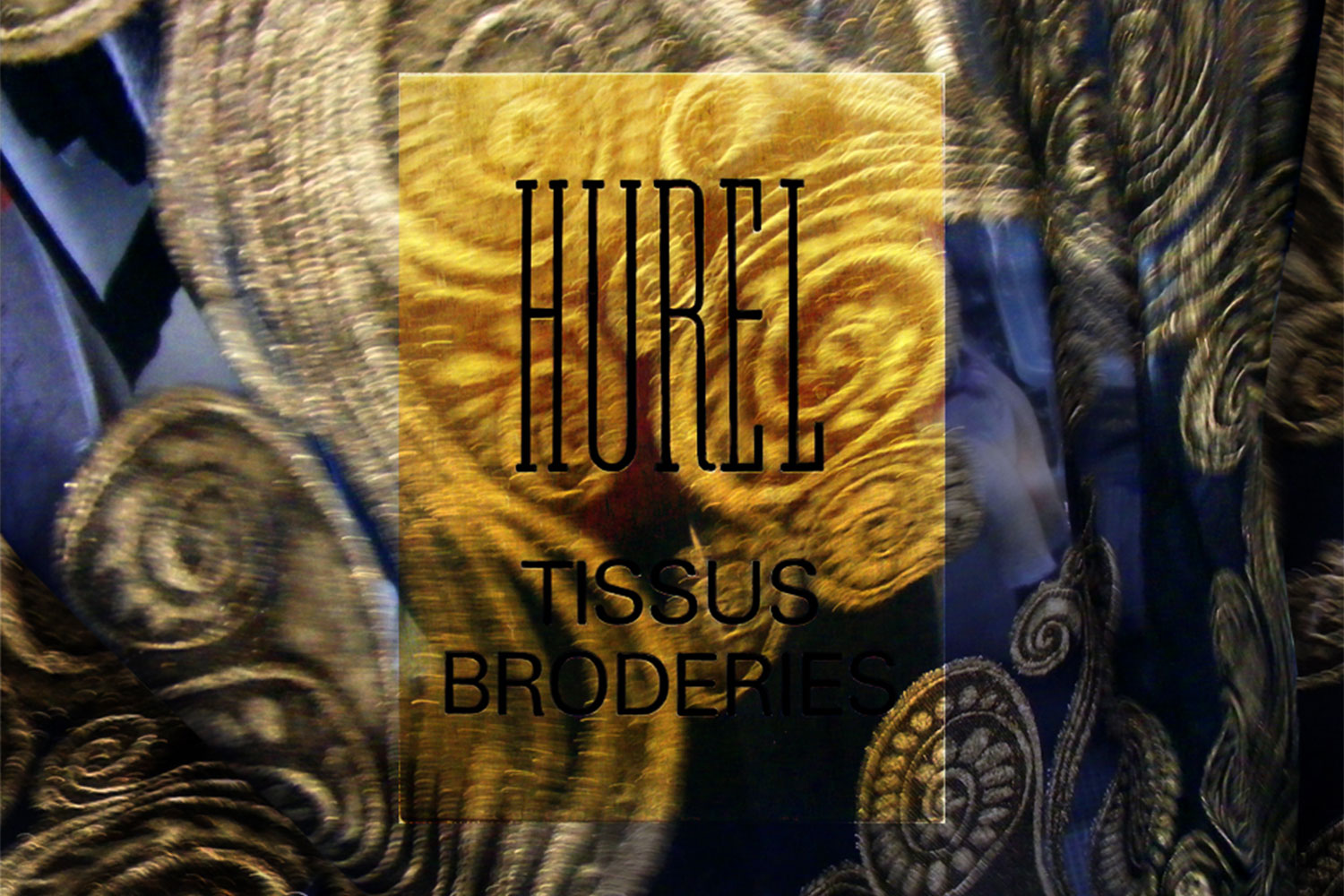 Hurel an independent house
Hurel an independent house
Maison Hurel remained independent, family-run and unified. The fifth generation of the Hurel family (Baptiste and Paul de Bermingham) joined the company. Hurel proudly celebrated nearly 150 years as a prominent participant in the success and influence of French fashion.
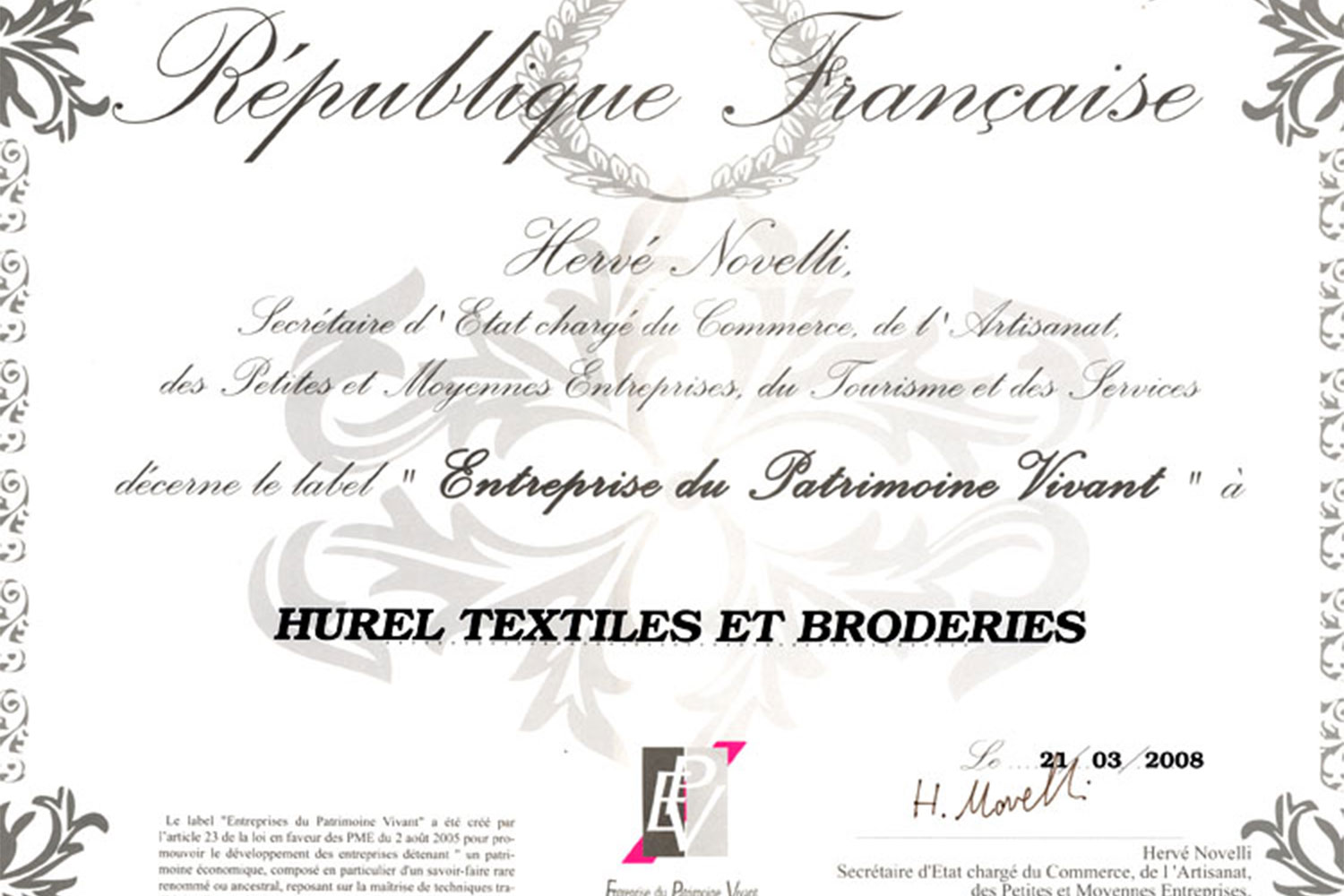 Le label EPV
Le label EPV
In 2008, the French government named Hurel as an Enterprise of Living Heritage and recognized the company as a dynamic artistic organization in the Parisian art community.
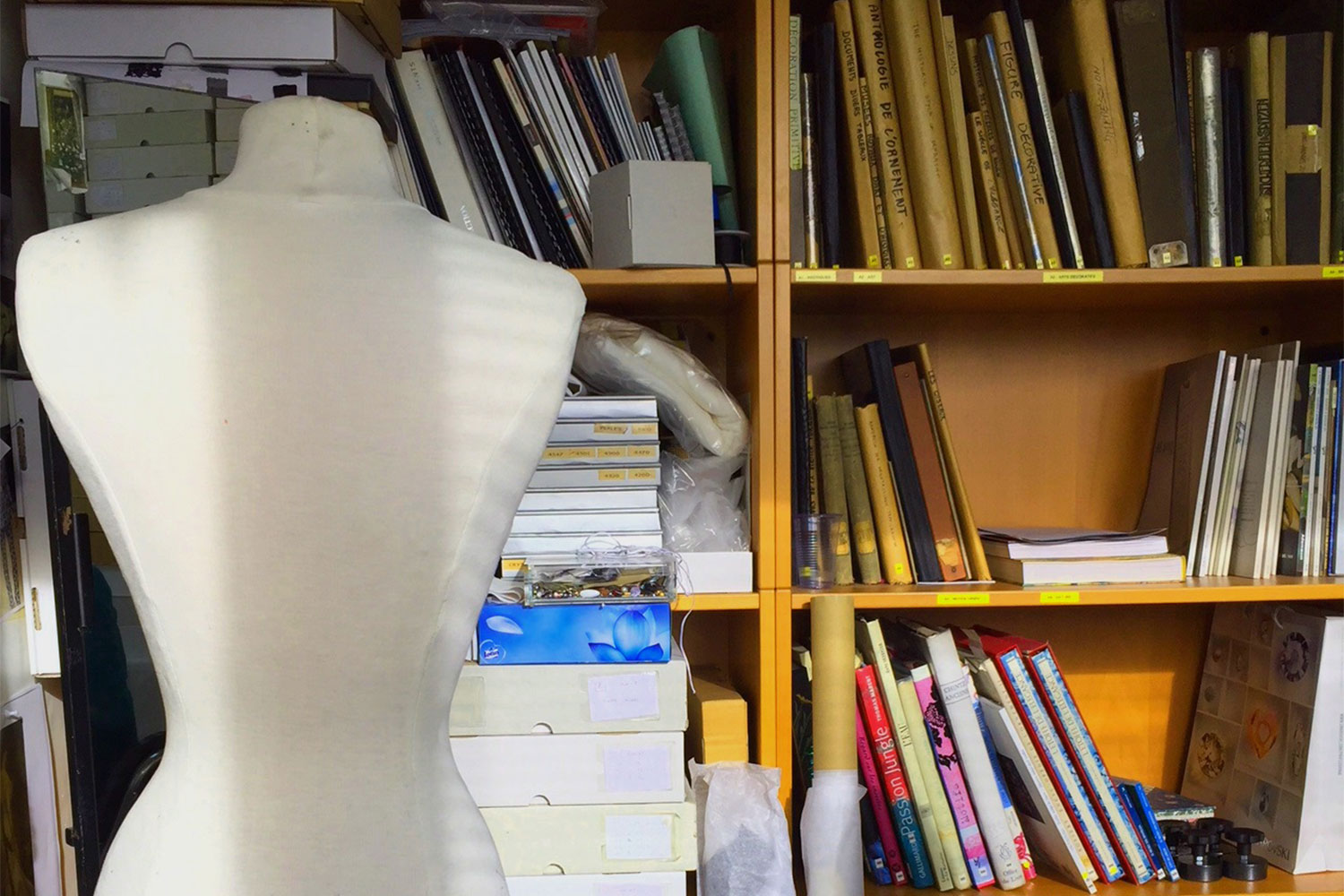 The atelier at 21 rue Olivier Métra
The atelier at 21 rue Olivier Métra
In order to expand operation, Hurel’s premises moved to 21 Rue Olivier Métra in Paris’s 20th arrondissement.
 Fabric collections
Fabric collections
In 1994, the Paris Chamber of Commerce honored Hurel with the Nef d’Or, the Golden Vessel, an award for companies with prominent export activity. Hurel was mindful of the evolving world of fashion and took pride in representing their products in every emerging fashion hub in the world.
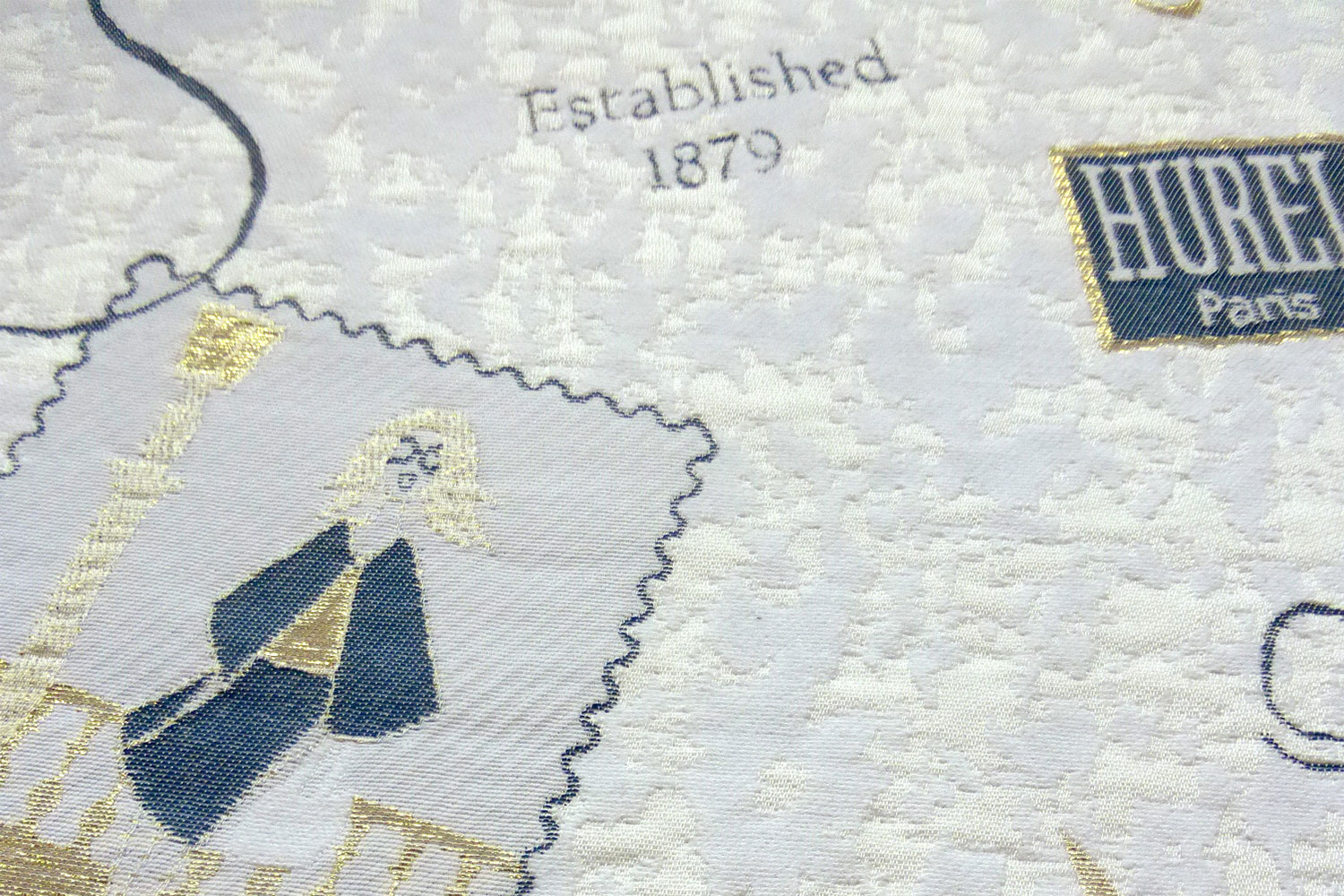 The global market
The global market
As the decade came to a close, Martin Hurel joined the company. He undertook the initiative to develop an export market, and devoted himself entirely and exclusively to directing Hurel’s embroidery atelier.
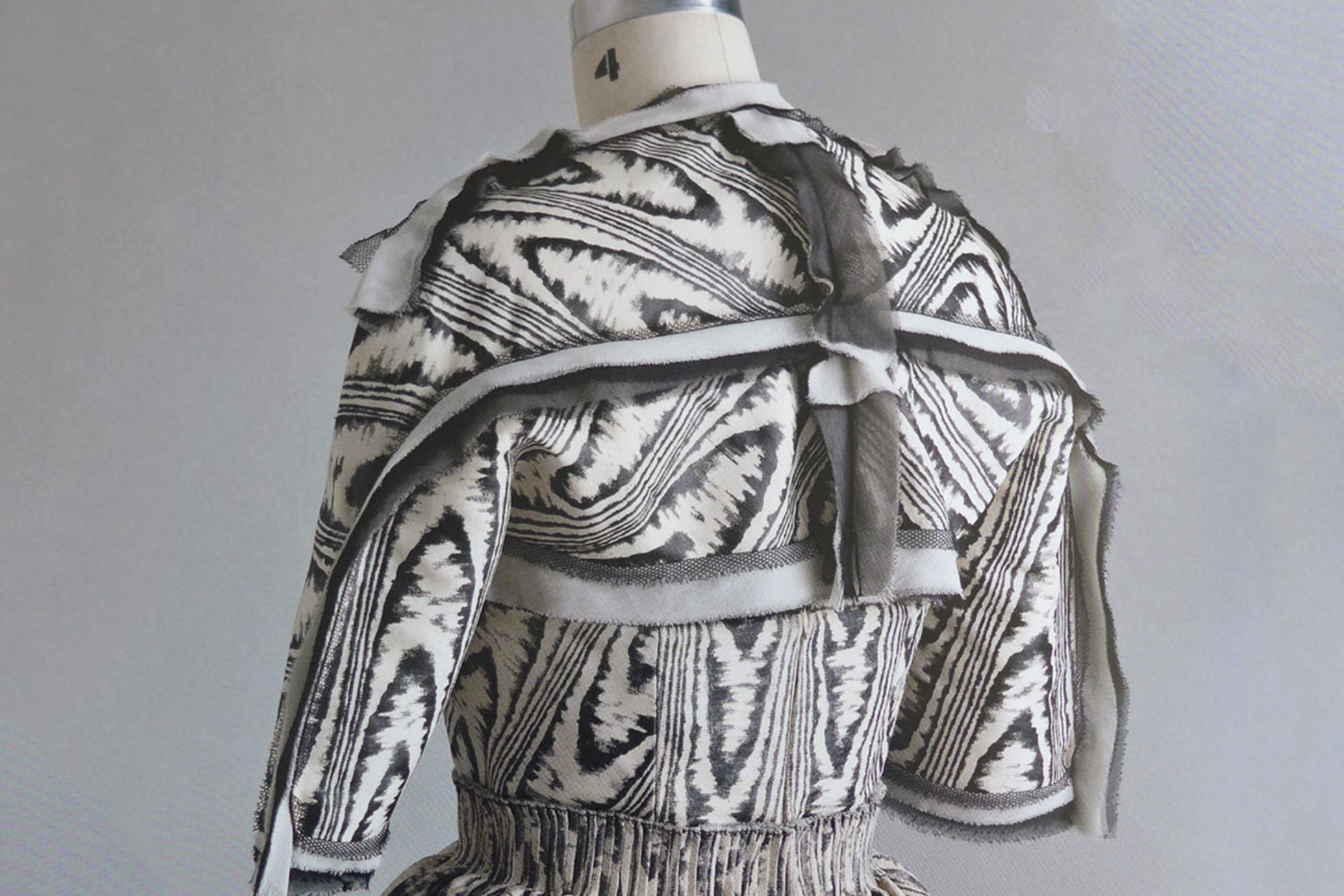 The beginning of the ready to wear
The beginning of the ready to wear
In 1976, Benjamine Hurel (daughter of Jean-Pierre Hurel) created her first fabric collection for the prêt-à-porter market. She worked to maintain high quality standards for the textiles while simultaneously striving to reinvent their collections.
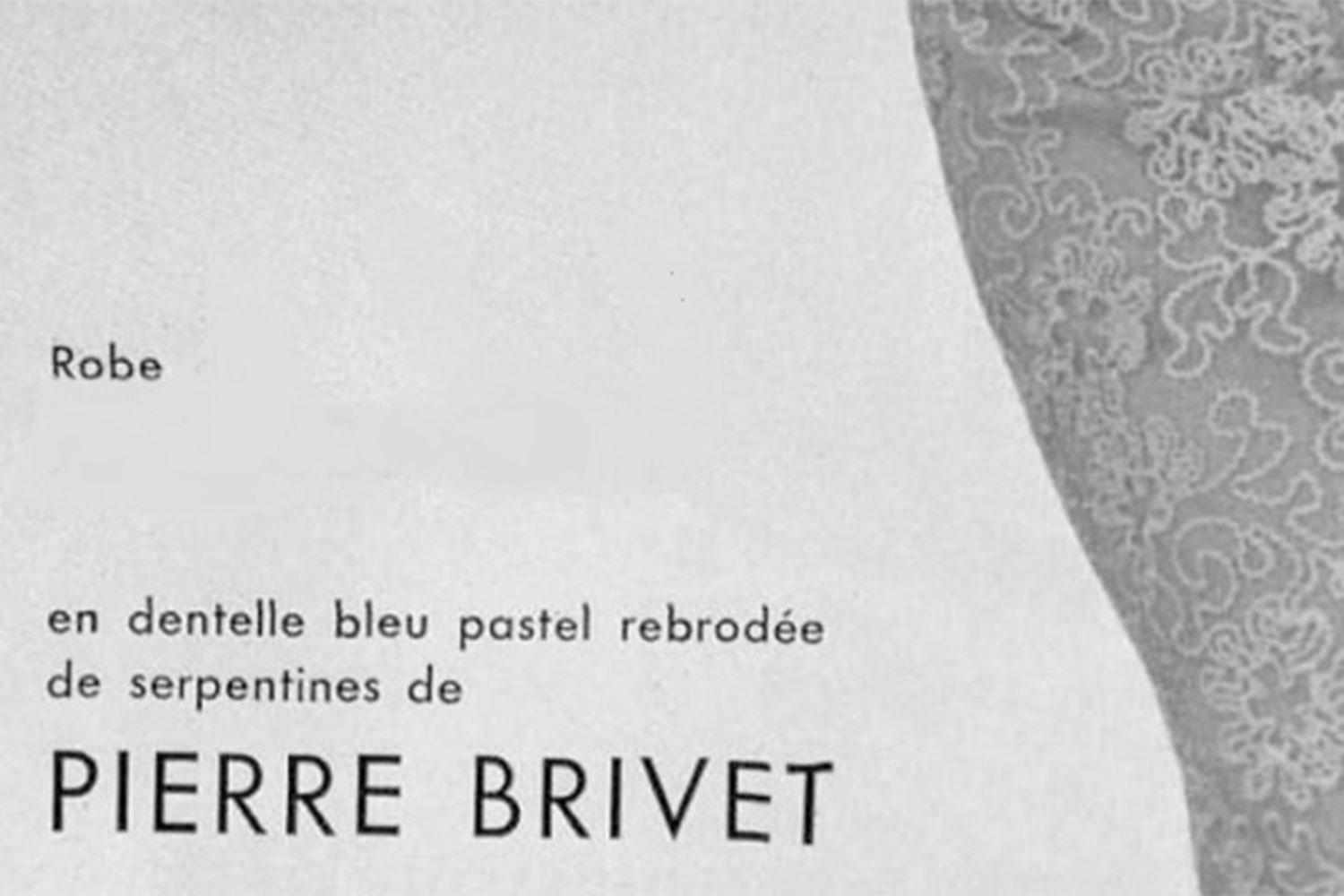 Dress by PIerre Brivet
Dress by PIerre Brivet
In 1971, the company purchased a lace factory in Calais: Pierre Brivet. Bernard Hurel opened an atelier offering machine embroidery with hand finishing. Hurel established an equilibrium between catering to an Haute Couture niche and the flourishing prêt-à-porter market that was developing at the time.
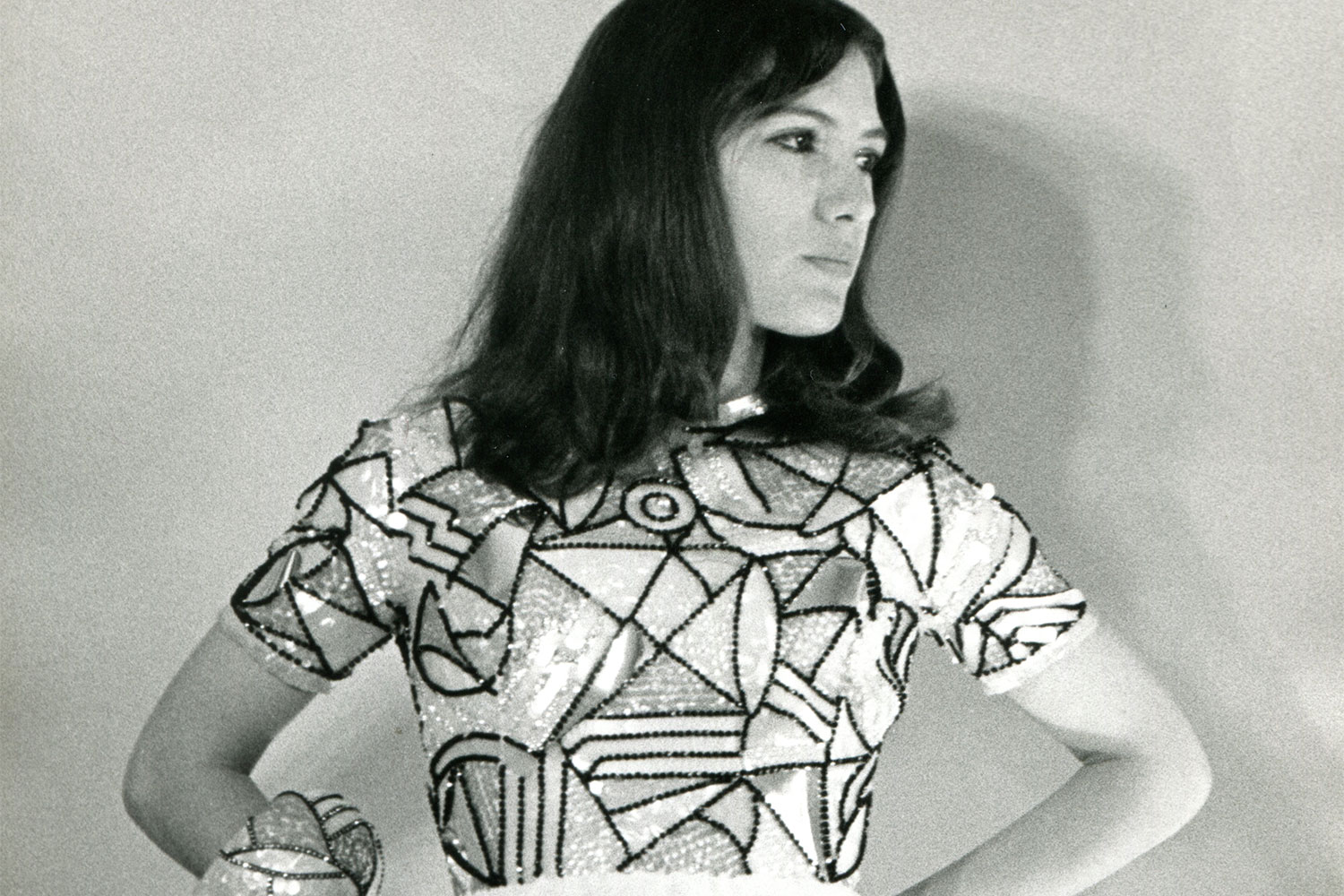 Fashion empowerment
Fashion empowerment
Pierre Hurel retired, leaving Jean-Pierre Hurel at the helm of the embroidery department. The fabric collection was meanwhile produced by Bernard Hurel.
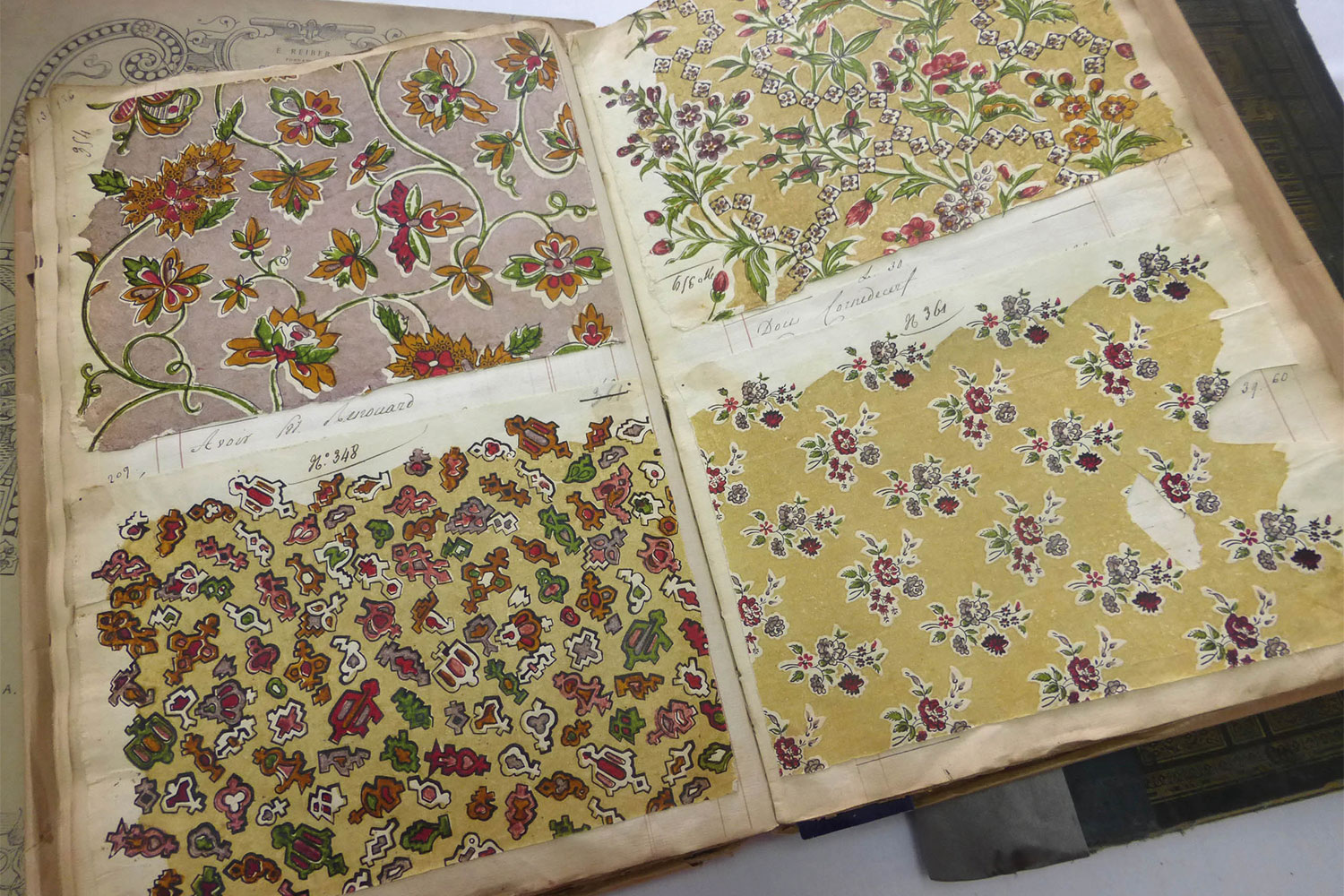 Print archives
Print archives
In 1951, Pierre Hurel hired the Swiss artist Andrée Brossin de Merée, who would design Hurel’s printed fabric collections for the next decade. Simultaneously, Pierre began to structure the company into two distinct departments: the embroidery atelier composed of twenty five artisans (ten in Paris and fifteen elsewhere in France) and the fabric department. Bernard Hurel, the youngest son of Pierre, also joined the company in 1951, in the role of textile engineer. He received “exclusivity” from the industrial conglomerate Dupont de Nemours to produce fabric with Orlon, a synthetic acrylic, which had yet to be seen in the world of fashion.
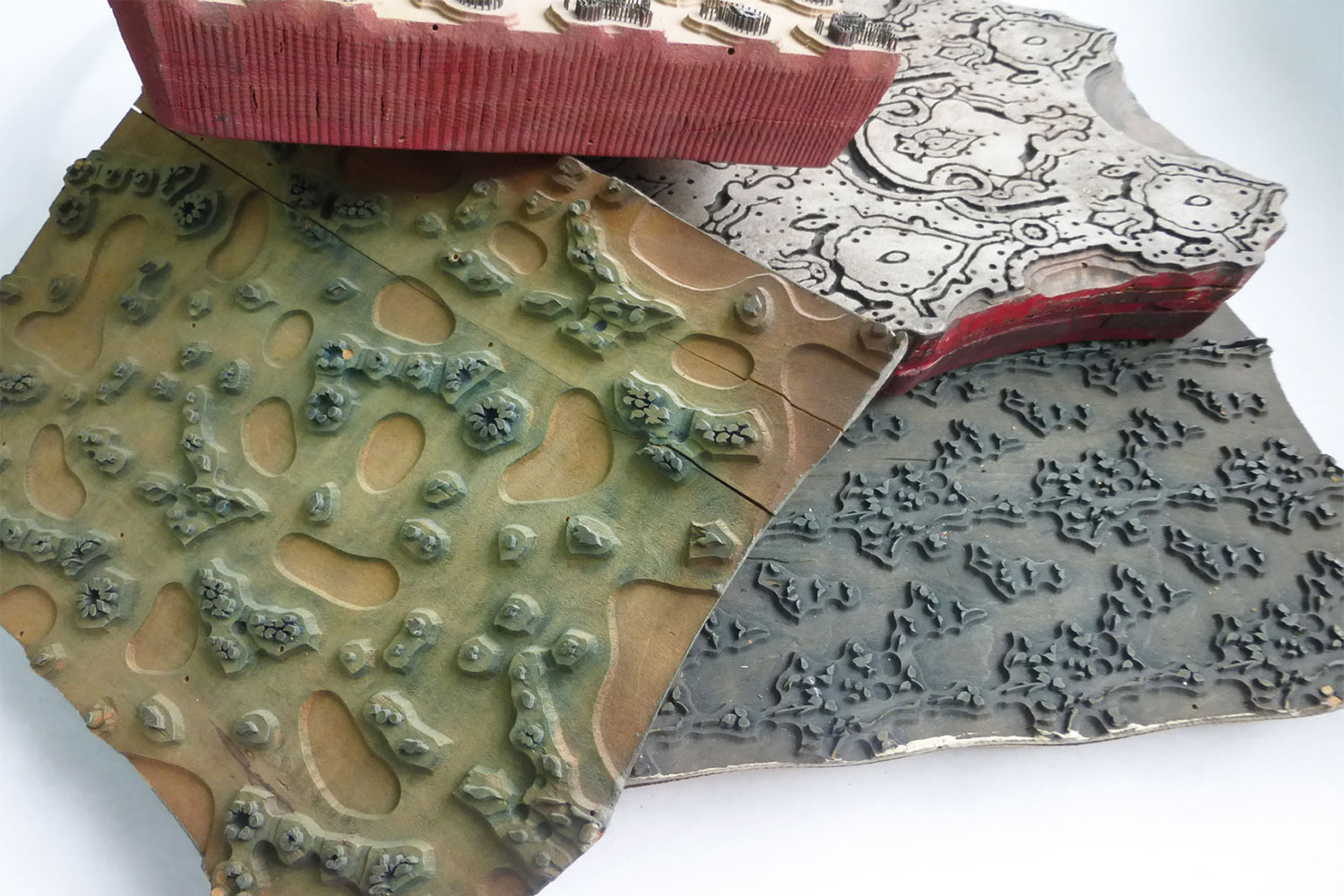 Prints
Prints
Due to the severe lack of silk during and after World War II, Pierre Hurel produced rayon and wool in addition to their embroidery services. In 1946, he combined their offices in Paris, Lyon, the mill in Bohain and their embroidery atelier to create a unified enterprise, called Hurel Textiles and Embroidery (Société Anonyme Textiles et Broderies SATB HUREL). The same year, Jean-Pierre Hurel, Pierre’s oldest son, joined the company. He became primarily responsible for Hurel’s Haute Couture clientele.
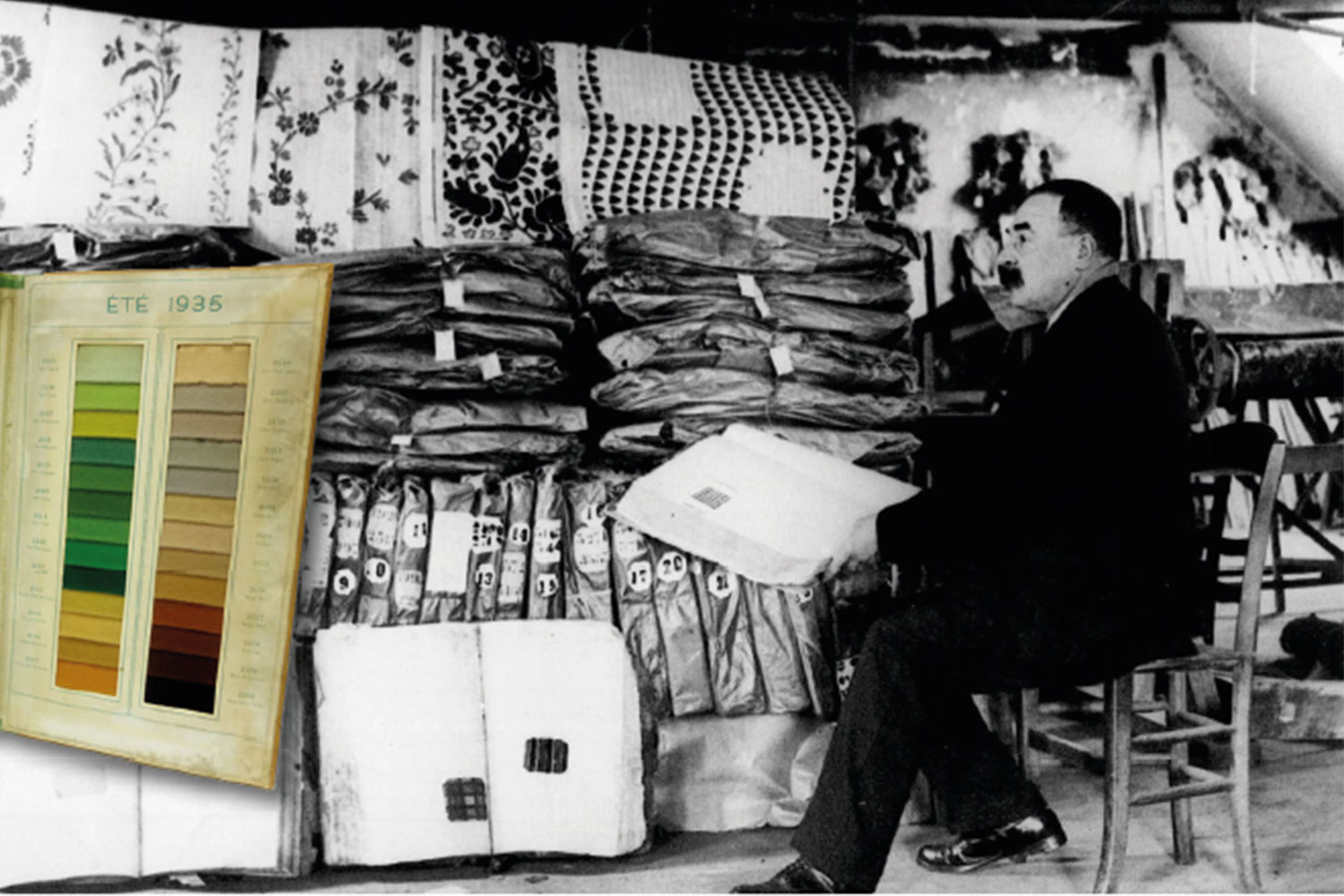 Pierre Hurel at the atelier
Pierre Hurel at the atelier
In 1939, Pierre Hurel bought the company, Olre, from a colleague. Olre, outside of its Paris office, possessed a wool factory in Bohain in the Aisne region of France, a production office in Lyon, and administrative offices in London and Brussels. Pierre Hurel opened partner businesses for each of the associated entities. The new companies created included: Tissage de Bohain (Bohain Weaving Mill) for Hurel’s wool production; Pierray for its Lyon silk looms; Pidou, its commercial office in Lyon; Hurel LTD, its London office, specializing in the distribution of viscose jersey, also known as “Hurel jersey”. Henceforth, Hurel’s collections were extensive, offering a large selection of fabric and finishing in order to satisfy the needs of their clientele, the couturiers: wool, silk, jersey and, of course, embroidery.
 Colour palettes
Colour palettes
In 1934, Pierre Hurel added a luxury fabric trade to Hurel’s operations.
 Fabric collections
Fabric collections
In 1932, Paul Fritel retired, leaving Pierre Hurel and his brother to lead the company, now called Pierre Hurel and Cie. It hence evolved into a family business: Pierre directed the atelier with his brother Raymond, his wife Odette, and his sister-in-law Jeanne. Odette was responsible for the fabric collection, while Jeanne handled the embroidery collection. Pierre Hurel eventually added an “industrial” dimension to the company.
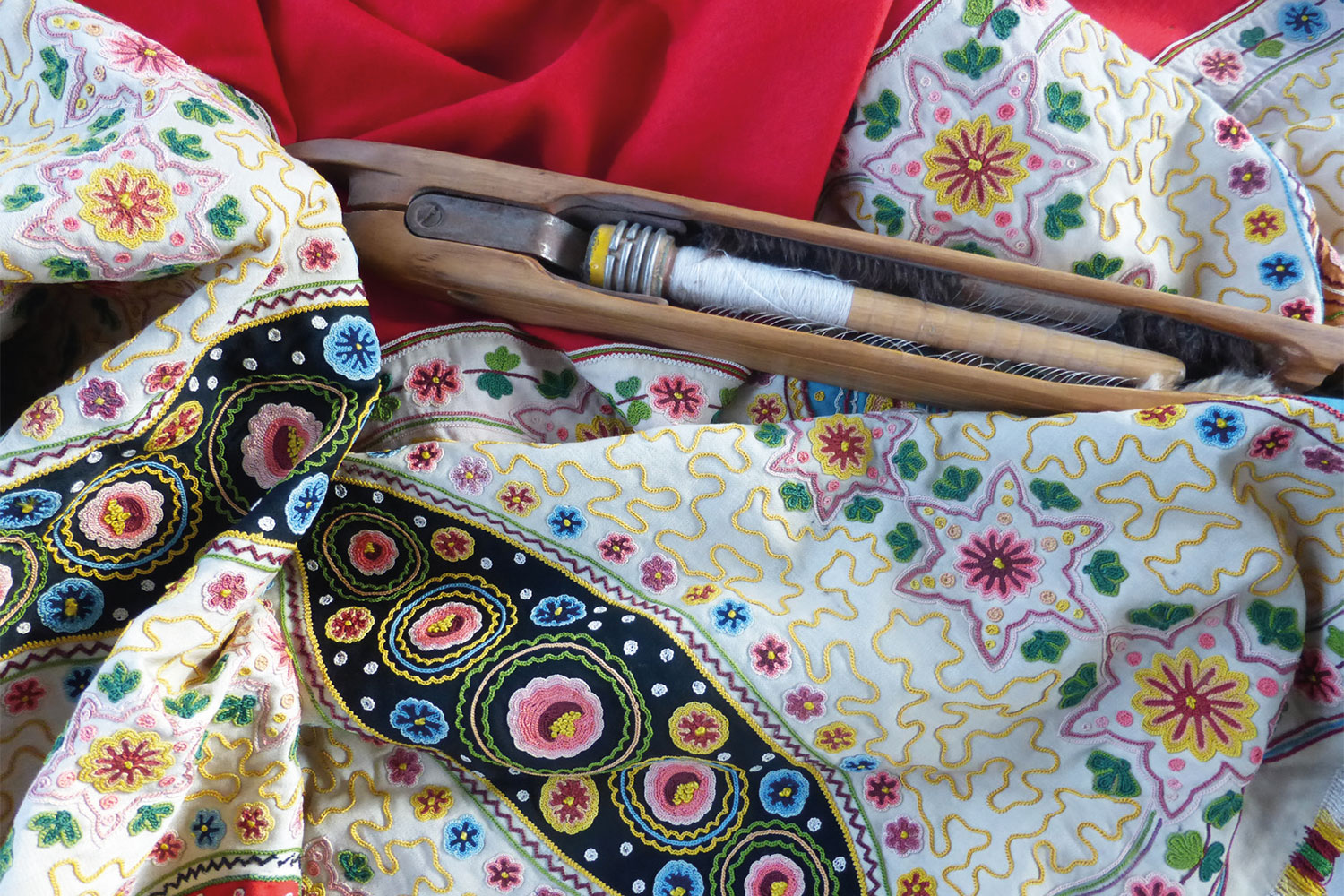 The golden years
The golden years
In the wake of the Russian Revolution of 1917, numerous Russian aristocrats relocated to Paris. One such aristocrat was the Grand Duchesse Maria Pavlovna Romanoff, who invested in the promising world of embroidery. Upon her arrival in Paris, she began to work for Gabrielle Chanel. Later, the Grand Duchess opened her own atelier, Kitmir, developing her extended network. In 1925, she received a Gold Medal and an honorary diploma at the Exposition of Decorative Arts. She partnered with Pierre Hurel, who would then buy her company in 1932.
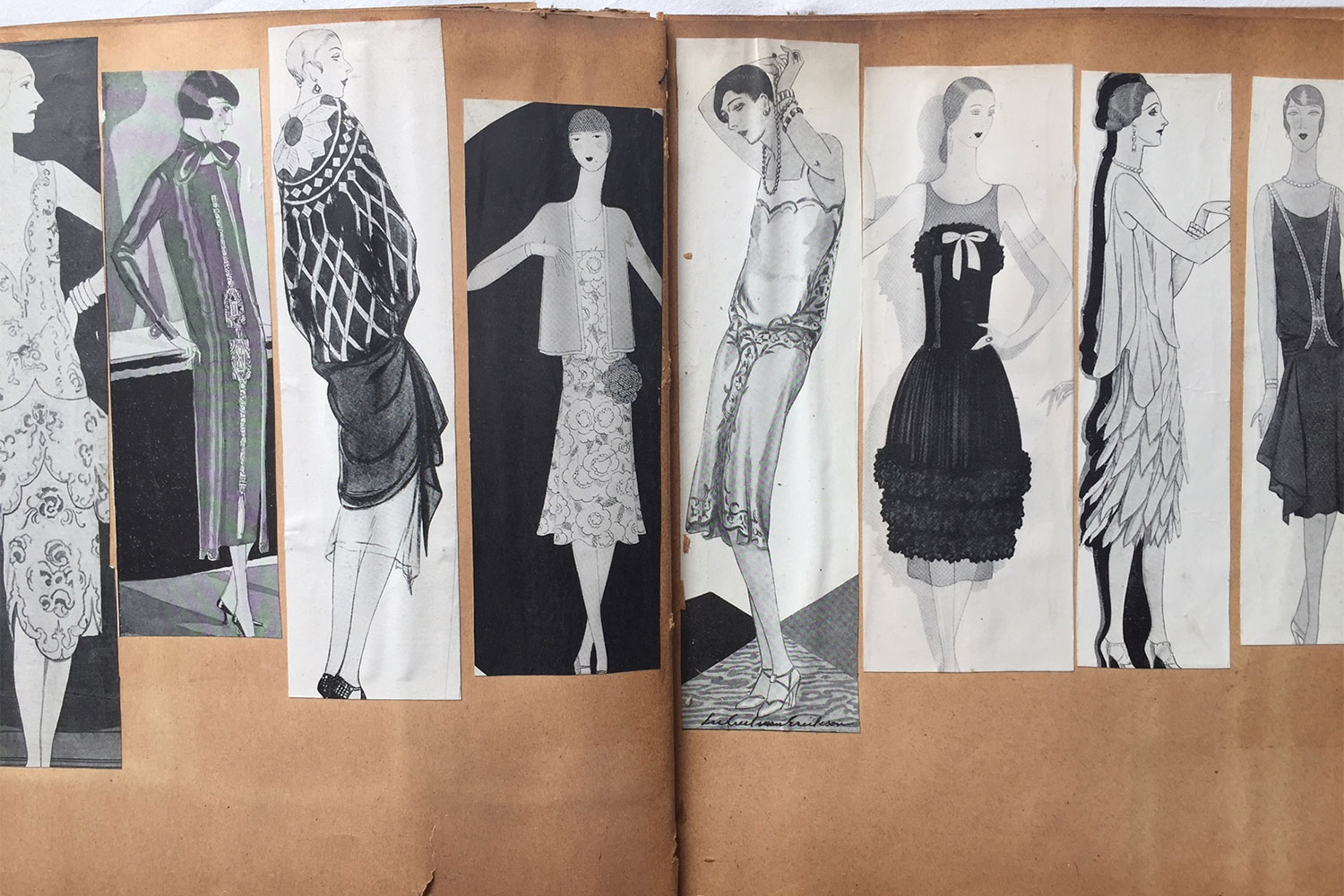 The roaring twenties
The roaring twenties
In 1900, Edmond Hurel sold his shares to his aunt Madame Fritel. The company was renamed Widow Fritel. Its clientele was constituted of the most celebrated names in fashion. In 1910, Paul Fritel took the reigns as director and renamed the company Fritel Co. (Société Fritel) At the end of the first World War, in 1922, the company then became Fritel and Hurel.
 Original headers
Original headers
Jeanne married Albert Hurel in 1893 and became known forthwith as Madame Albert Hurel. She became indispensable to the company, directing, with panache, all of their ateliers, including Tetrel in Paris, as well as the creation of their collection. She introduced her son Pierre into the company in 1918. At that same moment, Paul Fritel’s son joined the enterprise.
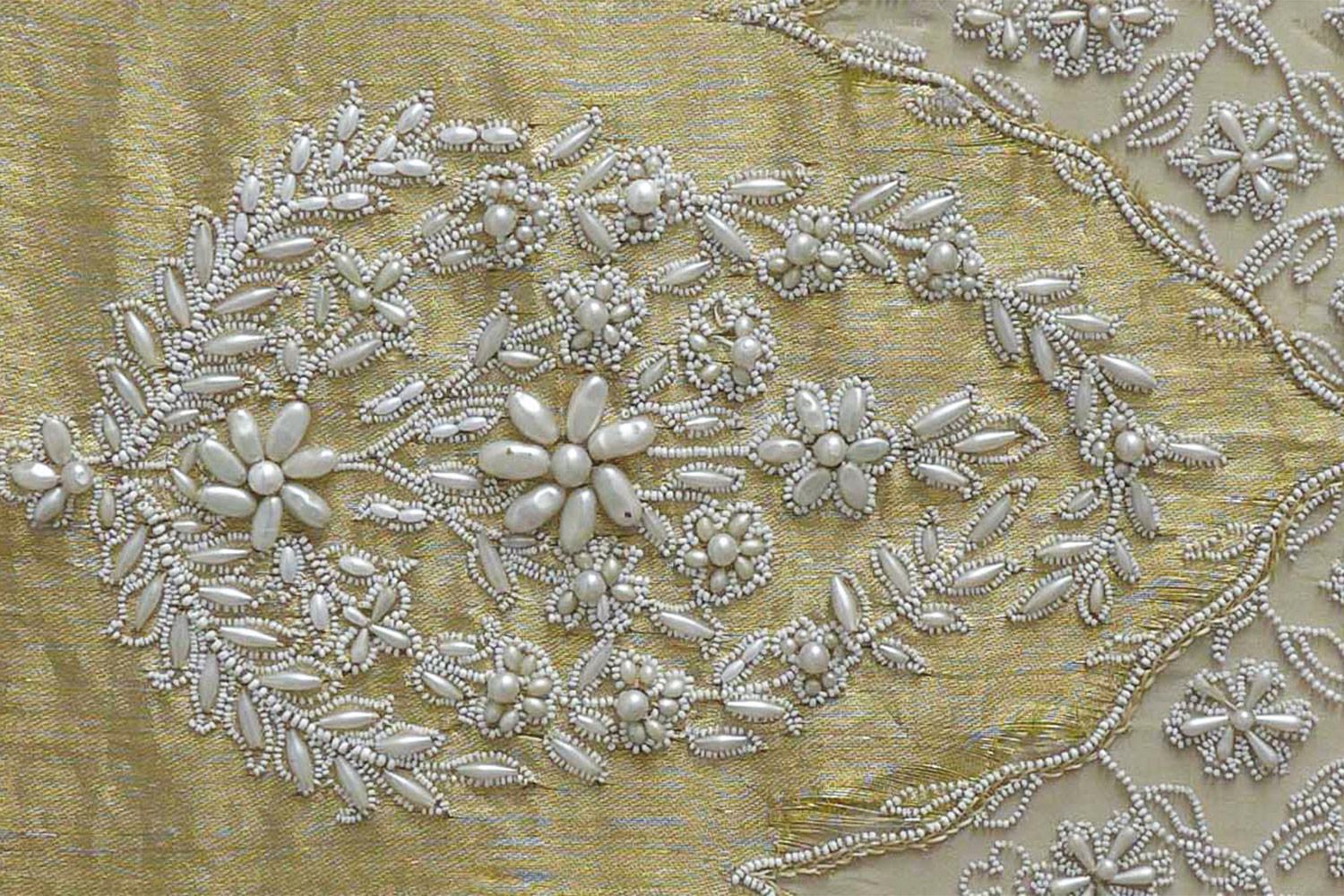 Sequin embroidery
Sequin embroidery
In 1873, Edmond Hurel, soon joined by his niece Jeanne Hurel, went into business with a Mademoiselle Tetrel when they opened a hand embroidery atelier at Place de la Bourse in Paris’s second arrondissement: Tetrel and Cie. “Atelier Tetrel”, rapidly establishing a prominent reputation, employed more than forty hand embroidery artisans. The most highly regarded couturiers of the period came in search of ideas and inspiration, and the atelier’s status was soon elevated to an international level. In 1885, the atelier relocated to another address in Paris’s second arrondissement: 73 rue de Richelieu, where it would prosper for a century.